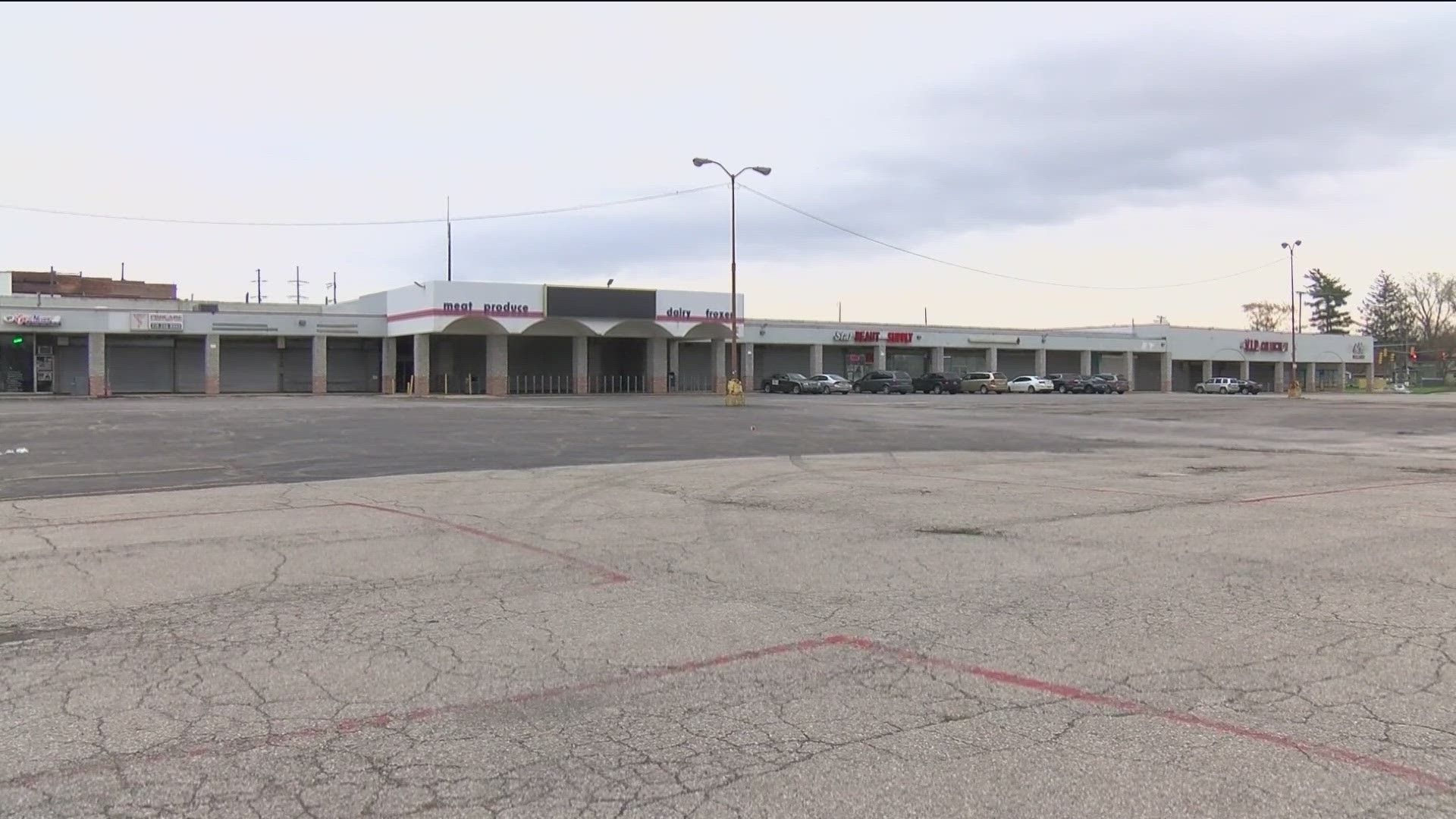TOLEDO, Ohio — The Junction and Englewood neighborhoods of central Toledo stretch from Dorr Street to the Anthony Wayne Trail. Together, the two neighboring communities make up a significant part of the Glass City.
They are areas that community leaders like Alicia Smith with The Junction Coalition said have been ignored since before the 1960s.
"They are both designated areas by HUD that have been disinvested and disenfranchised," Smith said.
Drive into either, and you will find blighted homes everywhere, and the streets they rot on are targets for the city's anti-crime efforts.
But Toledo's city council is trying to reverse this trajectory, moving one step closer to approving $4 million in grant money from the U.S. Department of Housing and Urban Development, passing the money through its agenda review Wednesday.
"This will help to develop and build those two areas," Toledo City Council member Cerssandra McPherson said, of Junction and Englewood.
She said one key piece of this project is the restoration of the Swayne Field shopping center on Monroe Street, with $1.5 million having been set aside to completely renovate the currently haggard building.
City leadership, like McPherson, believes it can become a new anchor for the neighborhoods.
WTOL 11 spoke to a shop owner of the Star Beauty Supply inside the plaza who told WTOL 11, "We hope this money revitalizes the area, makes things a little safer, and brings things back to the way they used to be."
The other $2.5 million will be used to help single-family homeowners get "gap loans" to help them repair and restore their properties, and build new homes in the neighborhoods.
But Smith, a longtime resident of the Junction neighborhood, said there's still a long way to go before people living on these streets notice a significant impact.
"$4 million is a drop in a very large ocean," Smith said. "But, if you do it right, you can create economic engines that can add to those dollars in a way that you won't have to keep looking for money everywhere."
Smith believes what is needed now is consistent, targeted government funding invested fairly and equitably, saying it's the only way to break the seven decades of dis-investment and begin to restore the neighborhoods once more.
It's a vision McPherson believes in too, saying this likely won't be the last time they secure funding for Junction and Englewood.
"I hope not," McPherson said. "I hope this is just the beginning."
While WTOL 11 was in the neighborhood Wednesday, multiple people that we spoke to off camera said they specifically wanted to see the money invested in the Black-owned parts of the neighborhoods, telling us those are the areas that struggle most and are most in need of repair.

